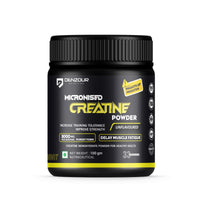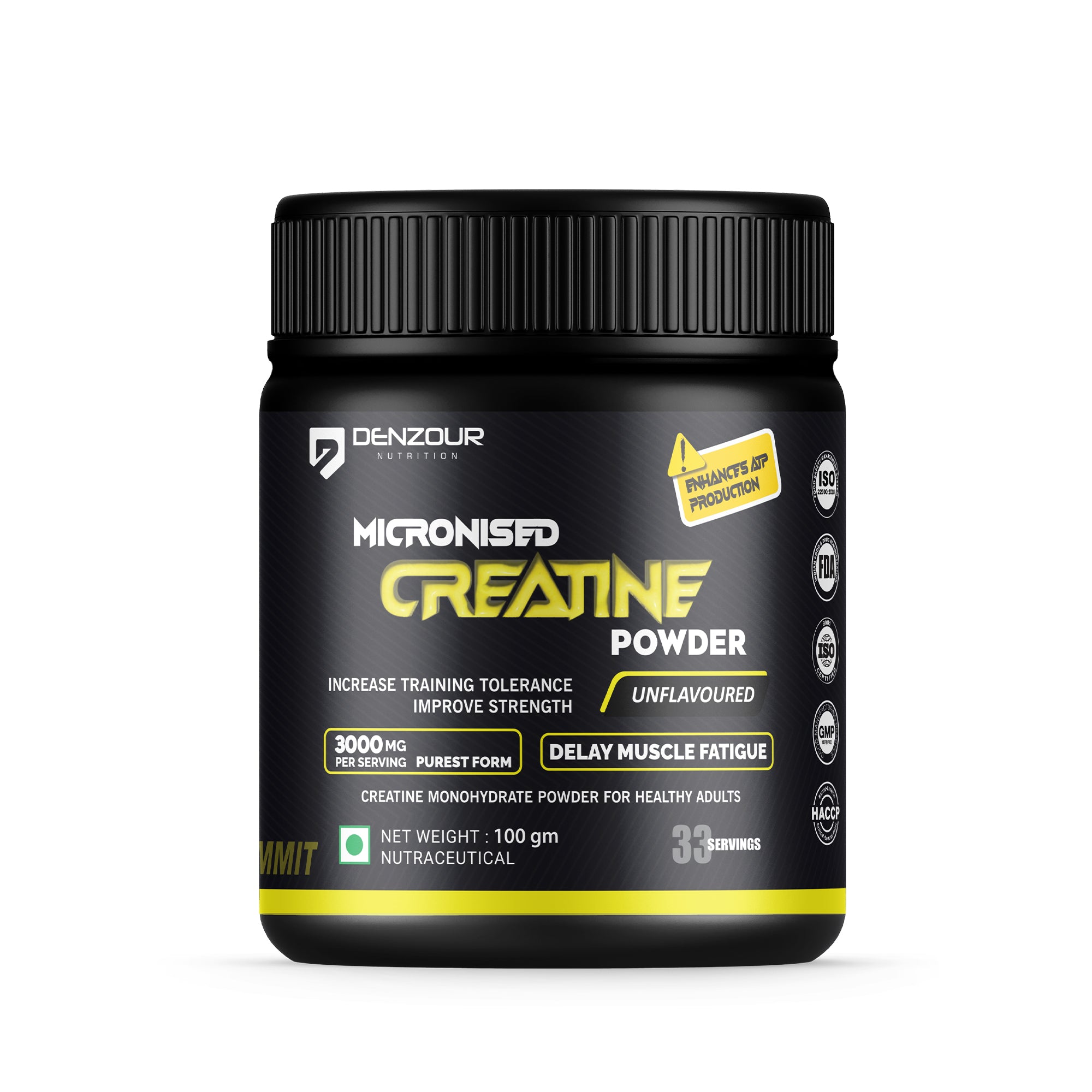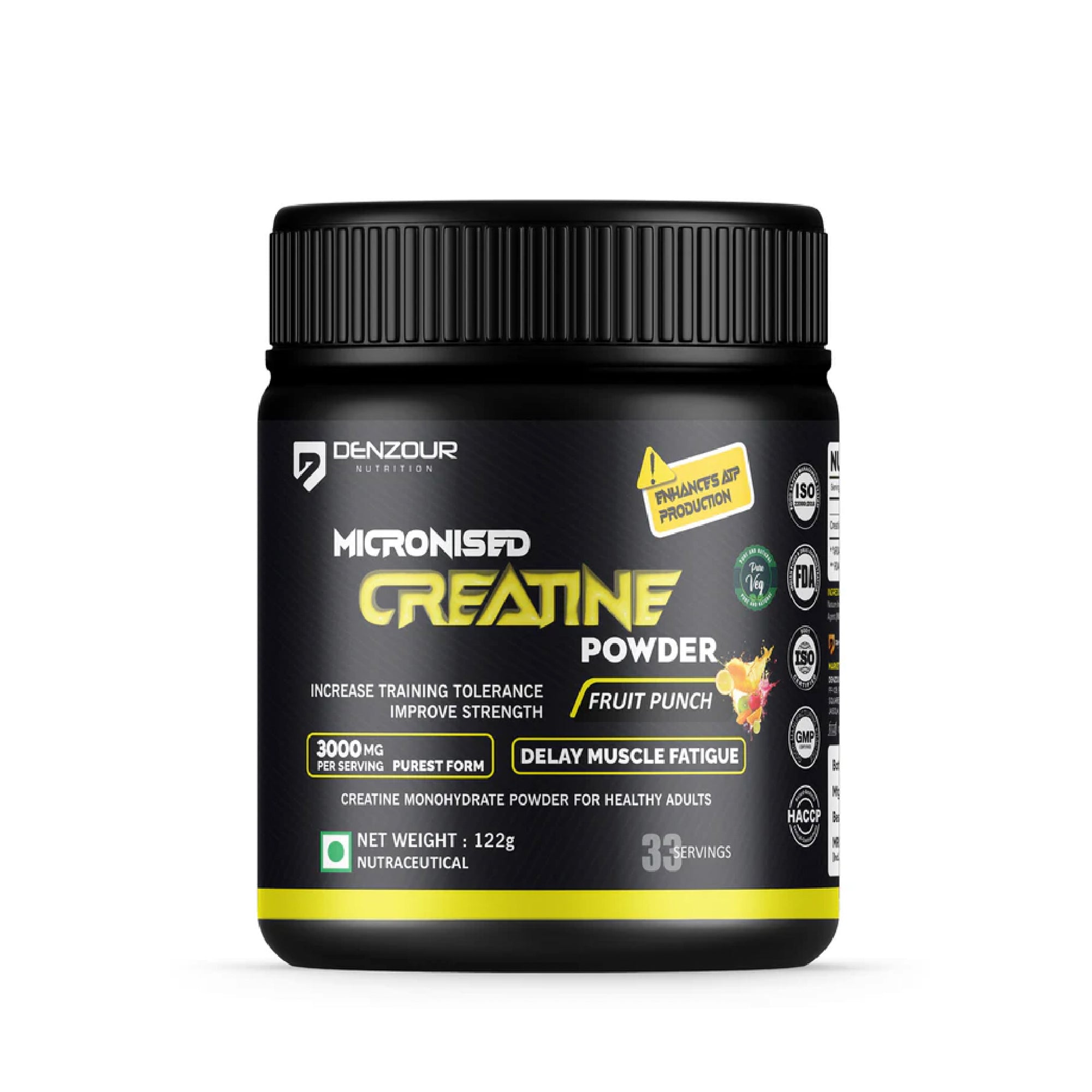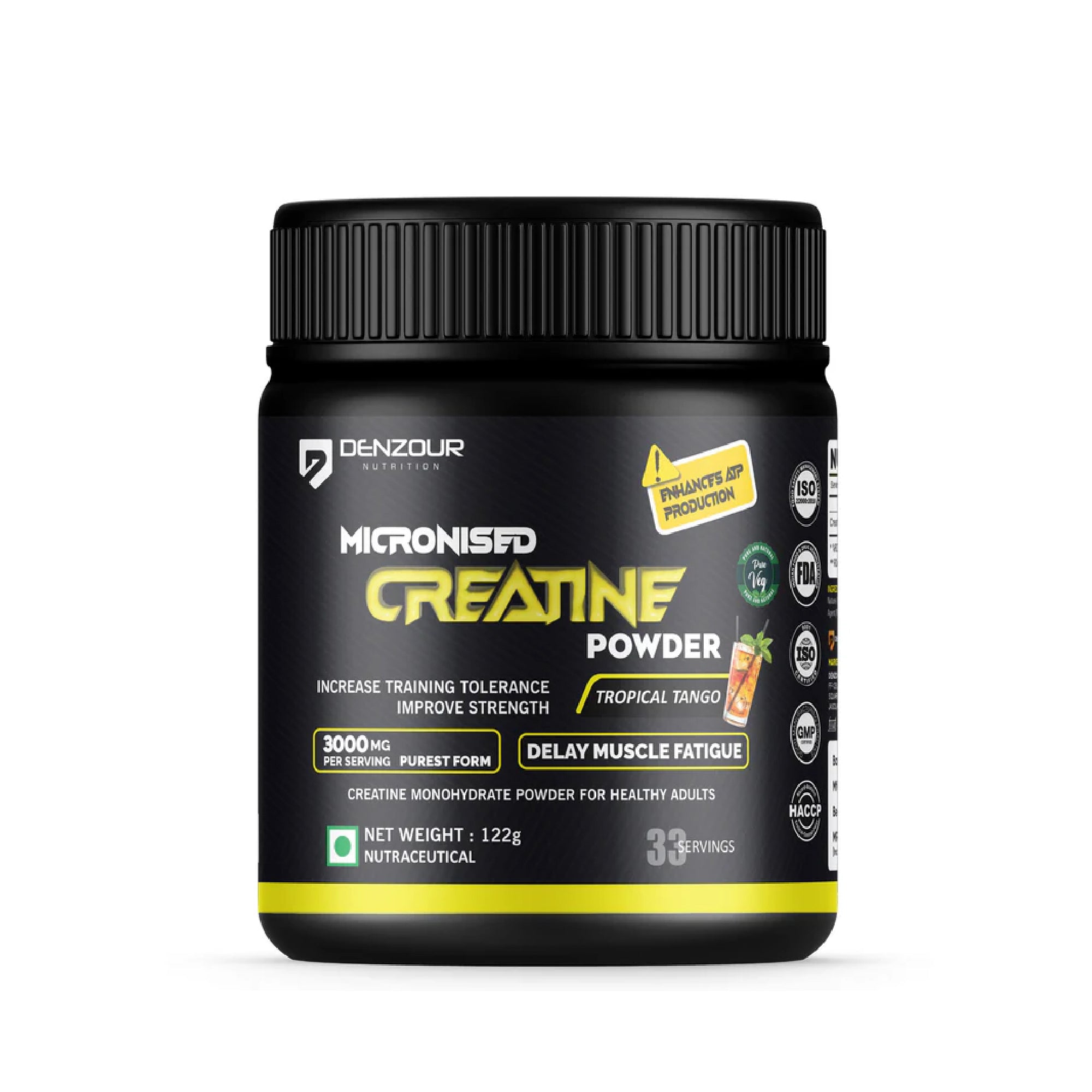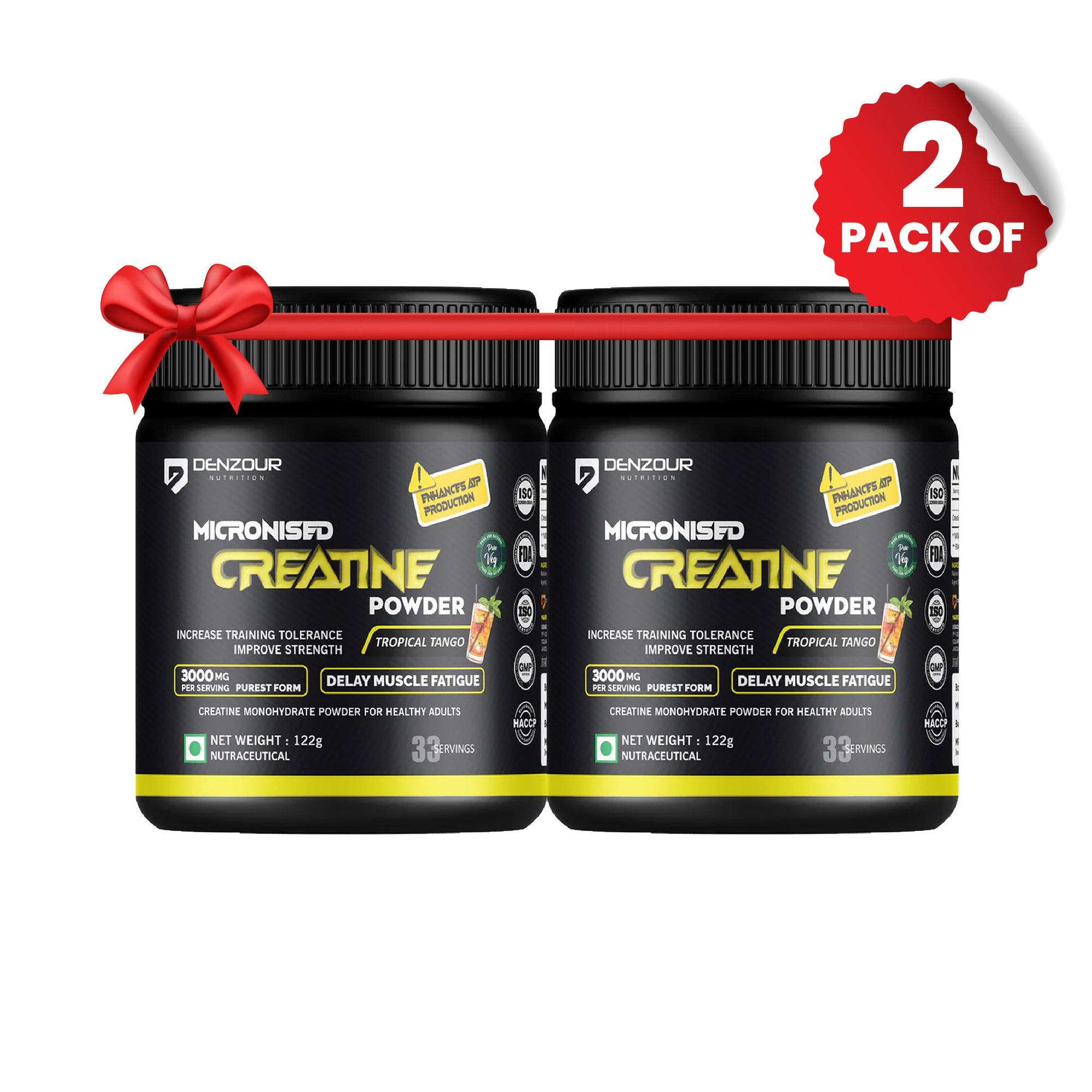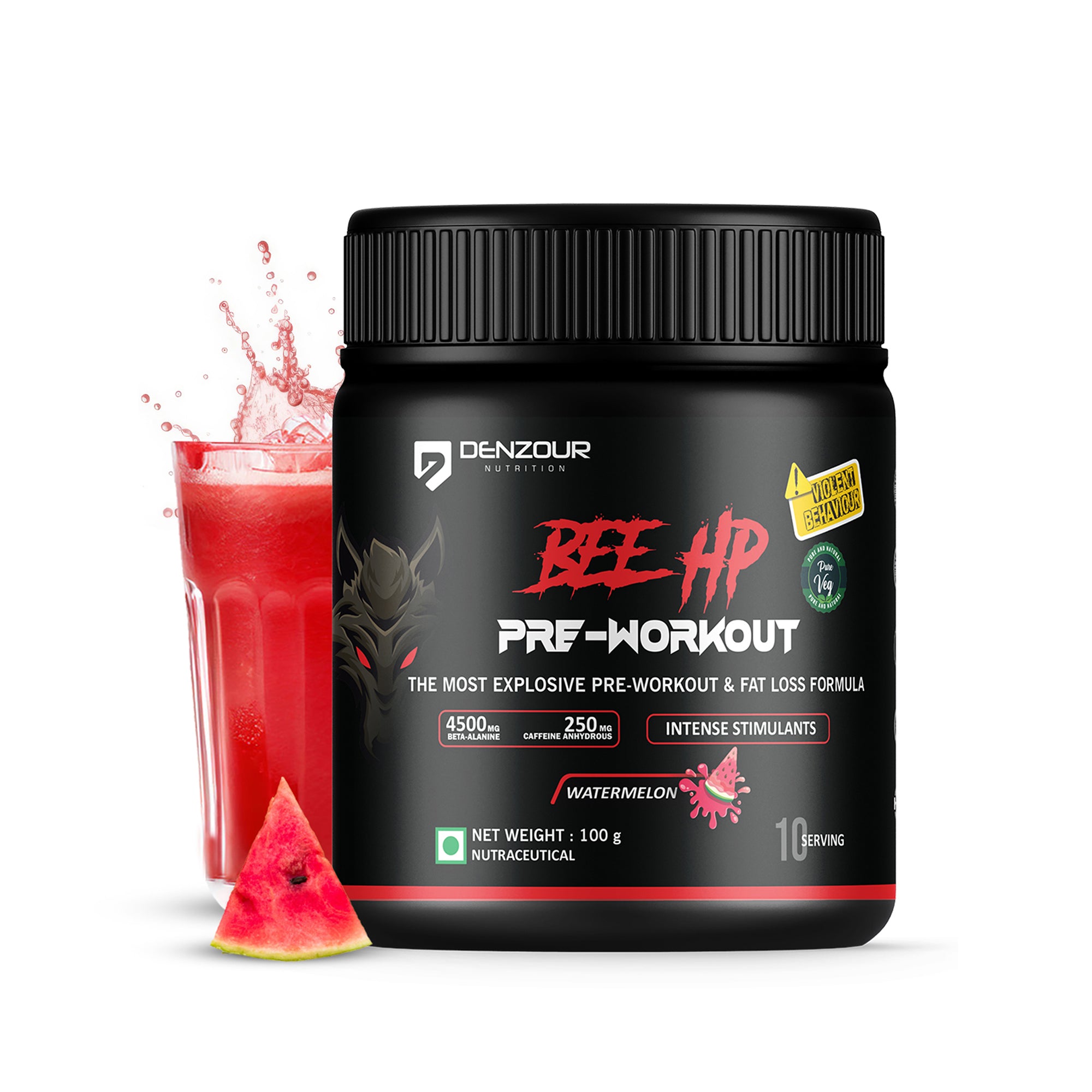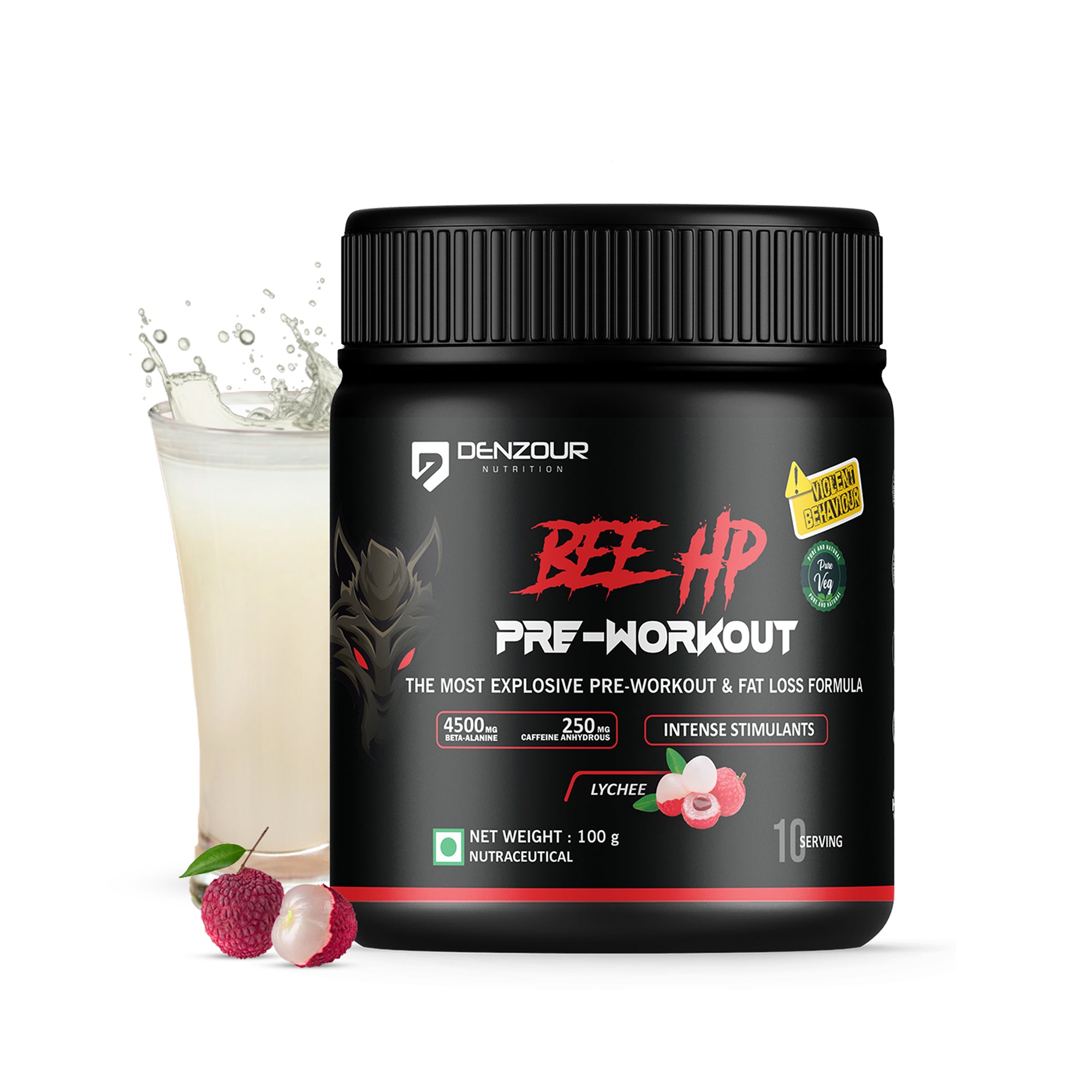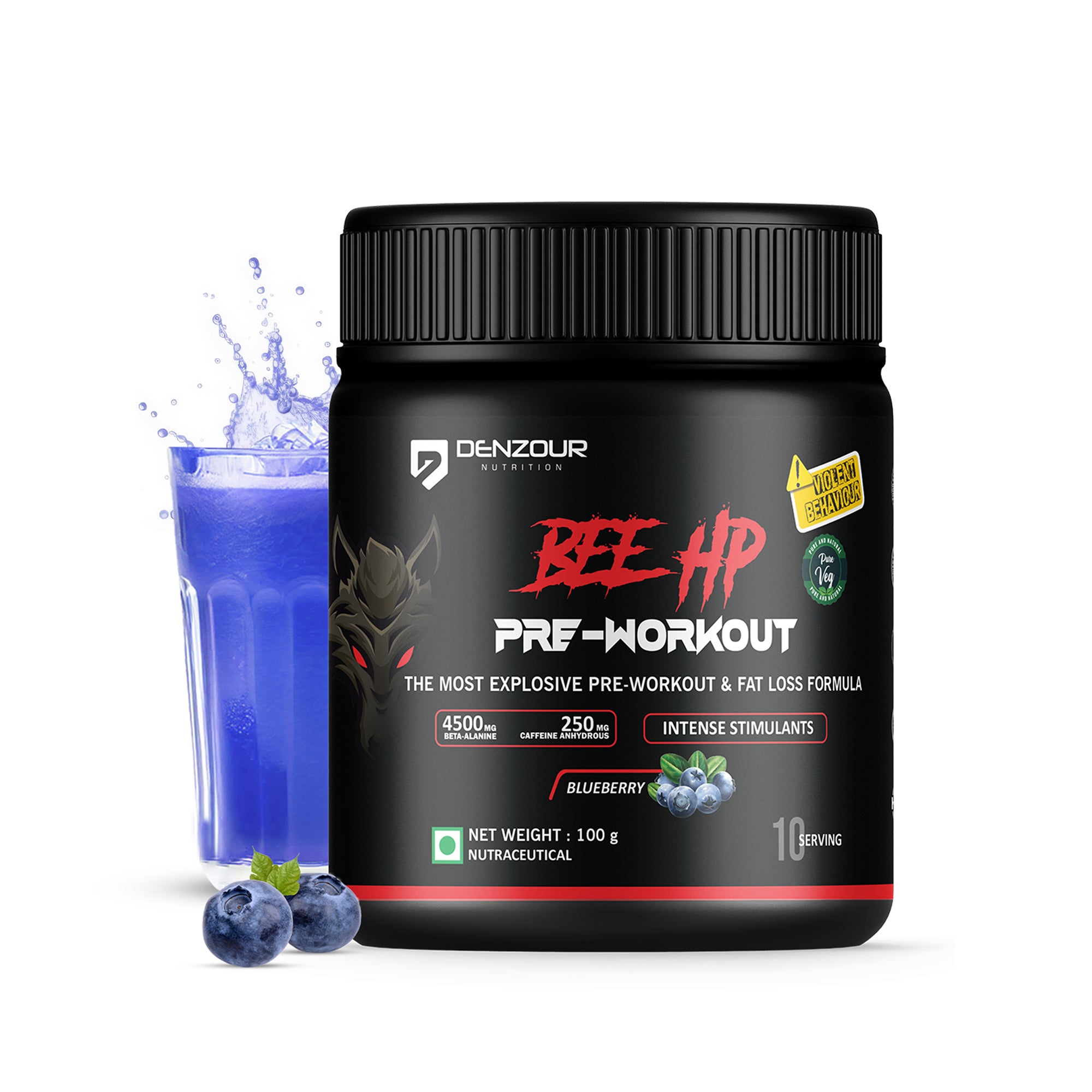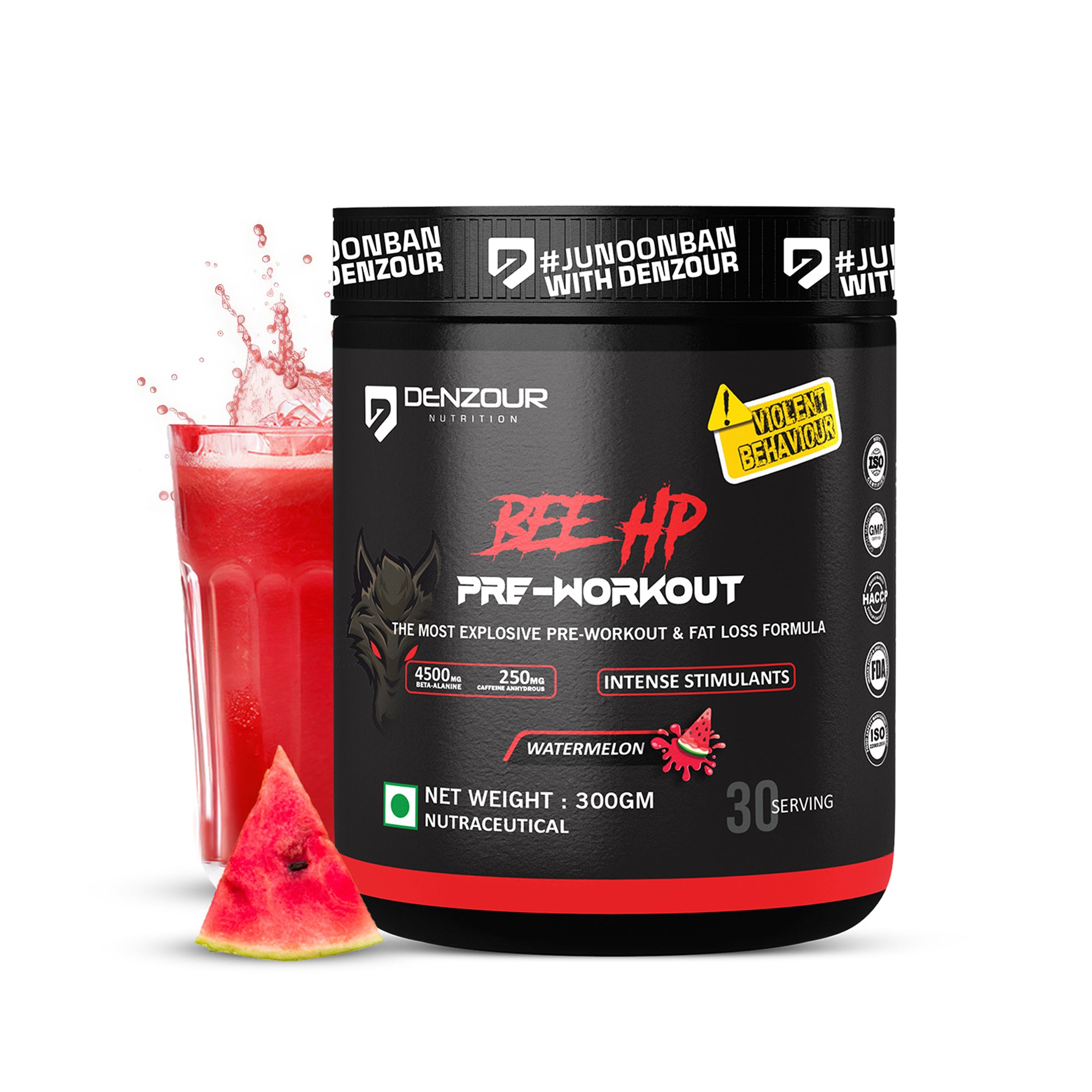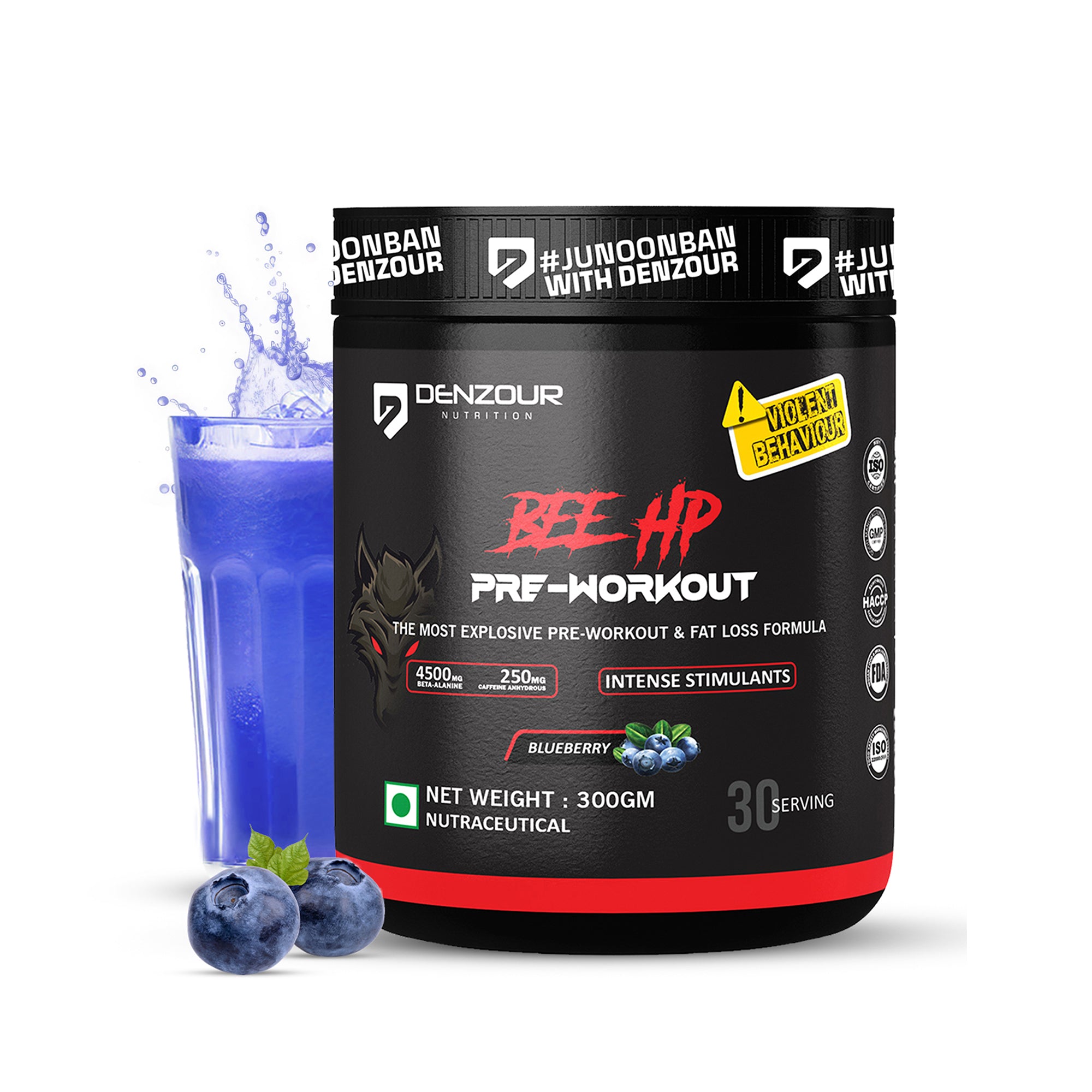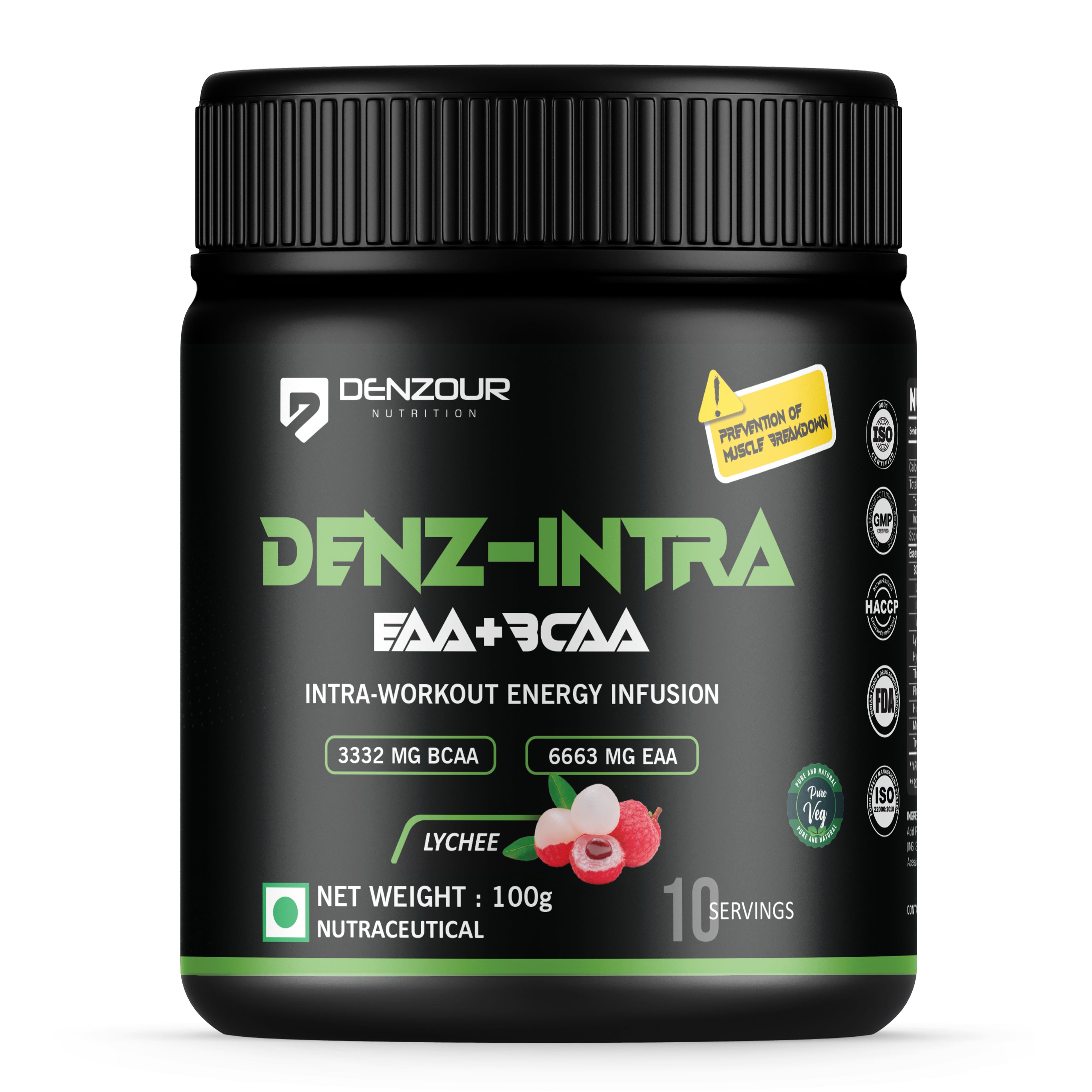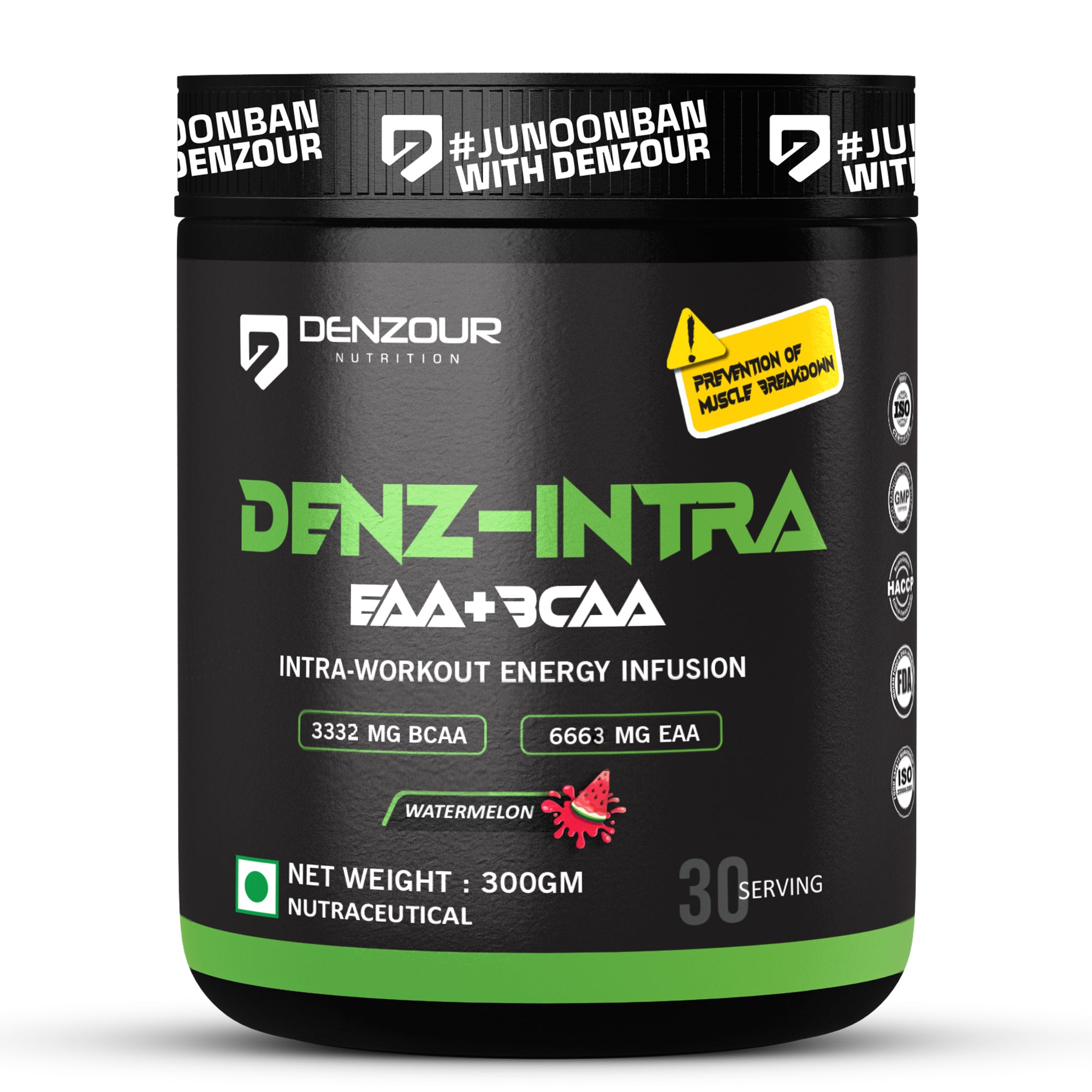Table of Content |
|
1. What Is Paneer? 2. How Much Protein Is in 100 gm of Paneer? 3. Nutritional Value of Paneer (Per 100 g) 4. Portion Math You Can Use Everywhere 5. Why Does the Protein Number Vary? 6. Protein in Different Types of Paneer (100g) 7. Health Benefits of Paneer 8. How Much Paneer Should You Eat Daily? 9. Who Should Be Careful with Paneer? 10. How to Use Paneer for Different Fitness Goals 11. Paneer vs Tofu: Which Should You Choose? 12. Paneer + Whey Protein: How to Combine Smartly 13. Conclusion 14. Frequently Asked Questions |
Paneer is the easy veggie food made by curdling milk to a soft new cheese it has a mild taste it can be used in many dishes as it is about the best packed food you can have in it gluten it has a lot of good stuff the best thing of all that stand out just like most things is the protein that helps you build muscle repair it helps you from being less hungry for longer in 100 grams of paneer you will get about 18-20 grams of protein which makes it best for people that want to add some veggie protein to their diets it is high in calcium too which helps with strong bones
What Is Paneer?
Paneer is a soft Indian cheese that has not melted at all. It is made by boiling milk and then adding lemon, vinegar, or citric acid to turn the milk to cheese, these are then kept pressed into a soft block. Its taste is very mild and milky, and it keeps its form when cooked. It can be used on grills, stir-fry dishes, curies, wraps, and in salads.
Its naturally high in protein (about 18-20 gm per 100 g) and calcium makes it a good meat replacer for vegetarians, as it helps repair muscles and bones. You can make it at home, just boil milk and add some acid to make curds and the way to get the whey to fall is to strain it into a muslin cloth and then press it down into a block for 20 40 mins, or just buy it. Firmer paneer that has been pressed more will have less moisture and more of a chewier texture, so when you cook it it is like a crisp cube that is creamier in soft paneer, can splt when cooked on the stove at high heat.
Make sure the paneer is fresh and white with no sour smell or yellow edges. Keep it cold in the fridge in a bowl of fresh water or lightly salty water and change the water 1 2 times a day and eat it within 2 3 days, or freeze it in packs that are safe from air and light for weeks etc. When you want to cook a dish with it , marinate it in yogurt and lemon and spices, then just air-fry or grill it with little or no oil on it.
If more flavour is needed, add it at the end when cooking or it can melt or crack at high heat.. For a healthy meal try fixing it with yogurt, lemon, and spices and then grilling it or putting in an air fryer with little or no oil. For a more special meal starve on it and add it last so it doesn't cook too much. Some people are sensitive to lactose, so they might try it but it will be less harsh on the tummy than milk, but take a tiny bit to test.
How Much Protein Is in 100 gm of Paneer?
Most paneer has roughly 18–20g of protein for 100gm (some may be a little more or less), so it's a good vegetarian protein that you can add to any meal in your normal day without needing difficult calculations.
Nutritional Value of Paneer (Per 100 g)
| Nutrient | Amount (per 100 g) |
|---|---|
| Calories Per 100 grm |
265 to 300 of kcal |
| Protein Per 100gm |
18–20g of protein
|
|
Total Fat (100gm Paneer)
|
20 to 25 gram of fat
|
| └ Saturated Fat | 12 to 16 gram |
| Carbohydrates | 1 to 3 gram of carbohydrates |
| └ Sugars (lactose) | 1 to 2 gram |
| Calcium |
200 to 400 mg amount
|
| Phosphorus |
120–250 mg
|
| Vitamin B12 |
0.5 to 1.0 µg per 100
|
| Sodium (unsalted) |
20 to 50 mg amount
|
| Cholesterol |
50 to 80 mg of cholesterol per 100g
|
Portion Math You Can Use Everywhere
Simple benchmark: 18 to 20g of protein per 100g of paneer
| Paneer Amount | Estimated Protein |
|---|---|
| 50 g | 9 to 10 g |
| 100 g | 18 to 20 g |
| 150 g | 27 to 30 g |
| 200 g | 36 to 40 g |
Why Does the Protein Number Vary?
- Water in paneer : less water more protein in 100g. More water less protein.
- Type of milk : Buffalo can have a little more protein than cow.
- Fat level : Full vs toned changes water in paneer. More water less protein 100g s.
- How you make it : Lemon/vinegar and heat cause curds to vary in size. Tighter curds mean more protein
- Handling : Washing/kneading may keep extra water. Extra water less protein.
- Home vs brand : Home changes each time. Brands are more steady, but small changes happen.
- Storage : Keep in water makes it soak water down protein 100g.
- Cooking : Grilling/air-frying makes paneer slightly drier (protein looks higher). Gravy cooking adds water (protein looks lower).
- Weighing tip: Drain and dry to weigh for a better higher protein number.
Protein in Different Types of Paneer (100g)
Not all paneer blocks have identical macros. The protein in 100g of paneer will vary a little depending on the milk and fat% used.
Here’s an easy guide (all values approximate for 100 g):
1. Full-fat (regular) paneer
- Protein: 18–20 g per 100 g
- Calories: 265 – 300 per 100 grams
- Notes: Soft, very rich, and has a great taste most of the time
2. Malai paneer (extra creamy)
- Protein: 16–18 g per 100 g
- Calorie content: 300-330 kcal per 100 g
- Notes: Fattier, very soft and creamy in texture
3. Low-fat / toned milk paneer
- Protein: 20–23 g per 100 g
- Calories: 180–220 per 100 g
- Notes: Higher protein with lower fat would be good for weight loss
4. Buffalo-milk paneer
- Protein: 19–22 g per 100 g
- Calories: 280–320 calories per 100 grams
- Notes: A little higher protein and fat content than cow-milk paneer
5. Homemade paneer (average)
- Protein: 18–21 g per 100 g
- Calories: 250-290 per 100gm
- Note: Yield depends on type of milk used and the length it has been pressed.
If you’re trying to lose weight or leaning, go for low-fat or toned milk paneer, so you get more protein per calorie. If you are trying to bulk up for muscle gain, then either the regular one or their buffalo-milk variety works well given that it has more fat and calories proportion.
Health Benefits of Paneer
- Good protein : Help to grow and repair muscles, Keep you full for a long time.
- Strong bones & teeth : Gives calcium and phosphorus, good for bone strength.
- Energy support : Contains good fats and some B vitamins, benefits daily performance.
- Weight control : High protein + low carbs can make you feel full and stop you from eating snacks (try less oil and gravy)
- Better muscle gain : Better for gym people and sports players who want more protein.
- Vegetarian friendly : Good way for Vegetarian people to hit their daily protein goal.
- Kids & seniors : Soft to eat, helps kids grow and old people gain bone strength.
- Blood sugar friendly : Small amount of carbs, if cooked light, works for many sugar level patients (ask your doctor if you need)
- Gut comfort (for many) : Less lactose than milk, so some people can take it better (still, try a bit of your portion).
- Versatile & quick : Suitable for bhurji, tikka, salads, wraps, stir-fries, and other dishes, adding convenience to any meal.
Simple Tips to Get the Benefits
- good fresh firm paneer from a shop or make your own forget yucky sour smell or yellow edges.
- cook light: on a grill air-fryer tawa-seared or stir-fry with a little oil.
- pair it with veg dal roti or rice for a balanced plate.
- if you do your calories or saturated fat check then course your sat fat is about 100 to 150g each meal is good.
How Much Paneer Should You Eat Daily?
most people may want 100 to 200 g of paneer a day no matter how high they count on their protein goal, how much they do for activity and how many calories they want it is best to use other proteins like a dal, curd, milk, eggs and whey with the paneer to helps their body with what they need.
Who Should Be Careful with Paneer?
If you want to loose weight keep eye on the portion paneer is high calorie and fat. If you have high cholesterol or heart problem get low saturated fat and avoid heavy and creamy gravies.. If lactose intolerant test small amount first and see if you tolerate it. If you have kidney problem avoid high protein, sodium, phosphorus ask your doctor.
If you have milk allergy / casein avoid paneer. If you are high blood pressure avoid very salty packed paneer. If you are diabetic drink paneer low carb but cook light and track oil. If you are pregnant avoid heavy paneer and use fresh or pasteurised and hygienic paneer. When in doubt ask a nutritionist or your doctor.
How to Use Paneer for Different Fitness Goals
1. For Muscle Gain & Gym Lovers
- Target: 1.6-2.2 g protein/kg body weight/day (for example: a 70 kg person → 110-150 g protein/day).
- If you eat 100–200g in a day, paneer can easily contribute 20–40 g of that protein.
- Combine paneer with:
- Dal, roti, rice
- A quality whey protein after your workout - gets absorbed quickly
- Ghee in moderation, nuts and seeds and veggies ( fresh salad greens even sprouted grain bread for those who eat that).
Example muscle-gain combo:
- Lunch – 150 g of paneer bhurji in addition to 3 rotis and salad.
- After training time – 1 Scoop of Denz-whey mixed in water or milk What to Buy?
2. For Weight Loss & Fat Loss
Paneer is high in calories but it’s also high on protein + low on carbs which will keep you full for longer.
- Choose 100-150 g of Toned/ Low-fat paneer per day.
-
Cook with less oil/ghee (be it tawa, grill, air fryer).
- Stay away from heavy cream, butter and cashew gravies, as well soaking your food in oil or deep frying.
- Pair it with an abundance of veggies and salads, so the meal is filling without being too heavy.
3. For Diabetics or People With Insulin Resistance
- The low-carb nature of paneer means it doesn’t indeed spike the blood glucose much.
- Cook light, do not use sugar and rich oily restaurant style gravies.
- Combine it with fibre (salads, sabzi, whole grains) to not allow blood sugars to spike.
- Be sure to consult your doctor or a dietitian if you are taking medication.
Paneer vs Tofu: Which Should You Choose?
Paneer has more protein than tofu in each 100 gram serving, but it also has more calories and fat, with tofu being vegan and more light. Choose paneer it has more protein and soft taste or tofu it has less calories and for vegan eaters.
Paneer + Whey Protein: How to Combine Smartly
Paneer is slow digesting due to it’s fat percentage. Whey protein (such as your Denz-Whey or Denz-Raw whey) is a fast digesting protein.
You may also use them together like so:
- Post-workout: Consume 1 scoop whey protein 30-60 minutes post training for rapid amino acid delivery to the muscles.
- Main meals: Include paneer in your lunch or dinner for a slow release of protein and increased satiety.
- On busy days: If you’re not able to cook paneer, there is whey for convenience. If you can make yourself eat normal meals, use the paneer as whole food and whey on a need basis / supplement.
That way you have the best of both:
- Whole food protein from paneer
- Quick and easy protein from whey powder
Conclusion
Paneer is an easy yet delicious source of protein addition to a vegetarian diet. The average amount that 100 g paneer provides is approximately 18-20 g protein (the amount may go up to 18-25 g, depending on the milk type and moisture). Get paneer as a source of protein anchor 1-2 times a day, light cook (grill/air-fry/tawa) to ensure low calorie intake and combine it with vegetables, dal, roti/rice to complete a meal.
The paneer is safe, and a regular consumption should be observed by most healthy adults, though by individuals with a high cholesterol level, kidney-related problems, or lactose deficiency, the amount and method of cooking are to be considered. To get your fast rule, count about 19g protein per hundred grams.
Bottom line : paneer is cheap, versatile, and high in protein, which is ideal in any Indian daily meals.
